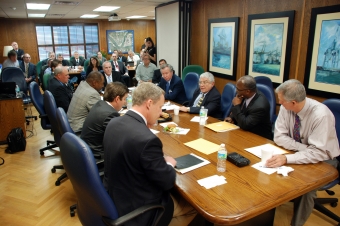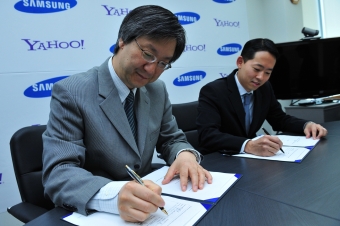Summary:
It is an activity that focuses on the importance of the intangible assets that make up the business establishment. It is intended that the student understands its importance for the exercise of business activity and to characterize the property itself. To this end, the students are encouraged to discuss a case involving a legal issue related to intangible assets establishments.
Objective:
- GENERAL GOAL: emphasize the importance of intangible assets for the success of business activity, drawing on concepts and information of own proprietary discipline, but without focus on this issue;
- SPECIFIC GOALS: discuss a real case, which comes after the objection made by the company "A" to the use of visual elements used by the company "B", based on questions of intangibles from business premises, that is, industrial property or intellectual property, specifically, brands, inventions endowed with patent, the distinctive signs of the establishment etc.
- It is intended that the student understands the importance of intangibles for the exercise of business activity and to characterize the business establishment, developing a specific discussion in this regard.
Dynamics:
- TEACHING METHOD: case method with Socratical dialogue elements: from elements of a case, students are asked and encouraged to discuss possible solutions;
- REQUIREMENTS: The students had previously been prepared to the class with the following material: the narrative of the case; doctrine selected to identify the various classifications that you can make of the brand, especially one that identifies the notoriously recognized brand and highly reputed renowned brand. Legislation: The specific provisions of the industrial Property Law and the Convention of the Paris Union; Documents: court decisions arising from the real case, such as the injunction of preliminary injunction in common stock, the judgment in the interlocutory appeal, application procedures for trademark registration with the INPI etc.
- INTRODUCTION TO THE DYNAMICS: The material was made available in advance to the students, and then the professor led the class making inquiries about the fact data and law that stuck out of the case. At first, the professor only collected the most varied manifestations of students by identifying, in these manifestations, those elements that defined the theme of the lesson.
- DEVELOPMENT OF THE DYNAMICS: After 15 or 20 minutes, the professor made his inquiries already referring to the concepts of the class and the content, leading the rest of the class in reaching a concrete conclusion to the case.
- ATTENTION IN THE CLASSROOM: the narrative of the case and the discussion of its elements did not immediately anticipate the solution of the case. Still, the professor did not put himself in defense of arguments and more fundamentals that are favorable a party, though it was allowed students. In addition, the case did not deal on industrial property, it is not appropriate to leave the discussion to focus on procedural aspects of obtaining trademark registration and patent at the INPI etc.
Evaluation:
- FEEDBACK: The professor reserved the last 15 minutes of the class for closing the activity; at that time, the professor explained the various opinions that from the beginning the students expressed and pointed out how these views have been addressed by specific subject matter and how they were resolved in the particular case.
- GRADE EVALUATION: There was no specific evaluation of this activity. It is a class in which students should actively participate in the student achievement, in this regard it has added the grade to the end of the course participation.
Observation:
- Further reflection may arise from the case of narrative, for example: a) Does the Brazilian legal system must provide a discipline of industrial property to protect international brands?; b) Does the insertion of Brazil in the international context of trademark and patent protection is able to attract foreign investment?; c) If there was no such protection to international brands, do the foreign companies would feel safe to invest in Brazil?; d) Why Brazil took so long to internalize the rules of the Union of the Paris Convention?; e) Do the Brazilian companies wishing to expand their investments abroad like that in foreign jurisdictions in which accommodates were predicting similar standards?
Copyright from the cover page image:
Image: "Fast food hamburger from Sonic Drive-In," available by the Wikimedia Commons TheDapperDan user, the users own photo under the Public Domain license.





